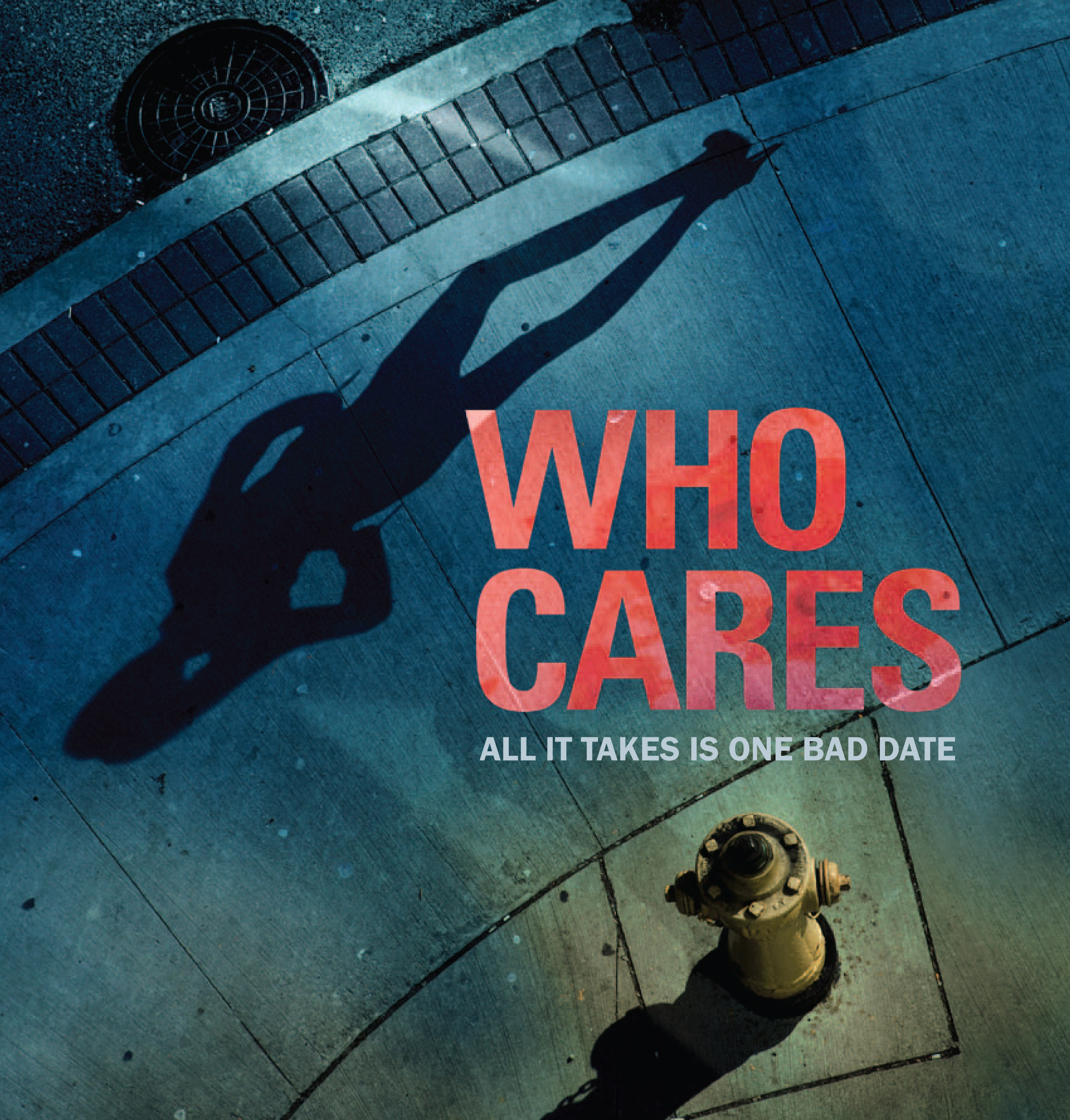Marking the 100th anniversary of the Winnipeg General Strike, Winnipeg playwright and composer Danny Schur’s adaptation of his popular musical Strike! will hit screens nationwide Nov. 29 as Stand! the motion picture.
Shot entirely in Winnipeg in the summer of 2018 — with two Winnipeg actors billed in title roles — Stand! brings a Winnipeg event that changed the course of labour rights forever to the big screen.
The beginning of the film foreshadows the turmoil of that fateful six-week period in 1919 by using shots of newspaper headlines warning of Bolshevik uprisings, emphasizing the small pittance made by immigrant labourers and focusing on injured soldiers not only returning from the First World War, but also acknowledging how soldiers who fought were unable to find work when they returned home from the war, with their employers opting for immigrant labourers they could pay at a reduced rate.
Colour is extremely relevant to the storyline starting from the first scene. Greyscale is used to document main characters Mike and Stefan Sokolowski’s search for accommodations and jobs, juxtaposed against the richly coloured environments of the wealthy’s houses later in the film.
The film’s themes read as important in our present time of labour uncertainty — there’s even a duet between Stefan and love interest Rebecca that addresses the gender wage gap.
But the song sequences are where Strike! The Musical may have worked better than its movie twin. The freeze-frame moments — where actors freeze in place while another actor sings around them — is a method best accomplished on the stage, letting the audience in on the thoughts of the character singing. In the movie, this practice comes off as jarring more than artistic.
Though, that is not to say all the songs in the movie are like this. The title song “Stand” — sung by Winnipeg actor Lisa Bell — is a powerful sequence, and her reprieve of the song to conclude the film nicely frames the movie.
Another shortfall of the script is the role of Helen Armstrong. Though an important and arguably still unknown figure of the strike, Armstrong’s character in the film comes off as a white saviour role. Her entrance explaining the foreigners’ problems to the foreigners is uncomfortable, and her encouraging the ethnic minorities that they are doing a fine job with the strike comes off as condescending.
The eastern European accents in the film are also — at times — patchy. It is understandable to want historical accuracy in a re-enactment of an event that was centred on race and ethnicity but, unless done well, accents can become disconcerting very quickly.
That said, the best feature of the film is how it deals in signifiers. The ability to sing “God Save the King” is the signifier of assimilation, whiteness and Canadian patriotism. The Métis veteran’s uniform gives soldier Gabriel a superpower of being treated the same as a white man for the first time in his life, and his refusal to take it off can be read as the struggle to embrace his own roots in the white world of Canada, where he would be easily stereotyped without his uniform.
And in a too-close-to-home feel, the Canadian soldiers out of work rail against immigrants coming to their country and disrespecting them in a very Don Cherry-esque rant.
Even if the Romeo and Juliet subplot of the movie isn’t your cup of tea, Stand! certainly educates its audience about the Winnipeg General Strike.
These are important lessons, reminding us that democracy and labour rights are fragile practices in need of constant gardening.
Stand! debuts at both the Scotiabank Theatre, at CF Polo Park, and the Cineplex Odeon McGillivray Cinemas Nov. 29.





